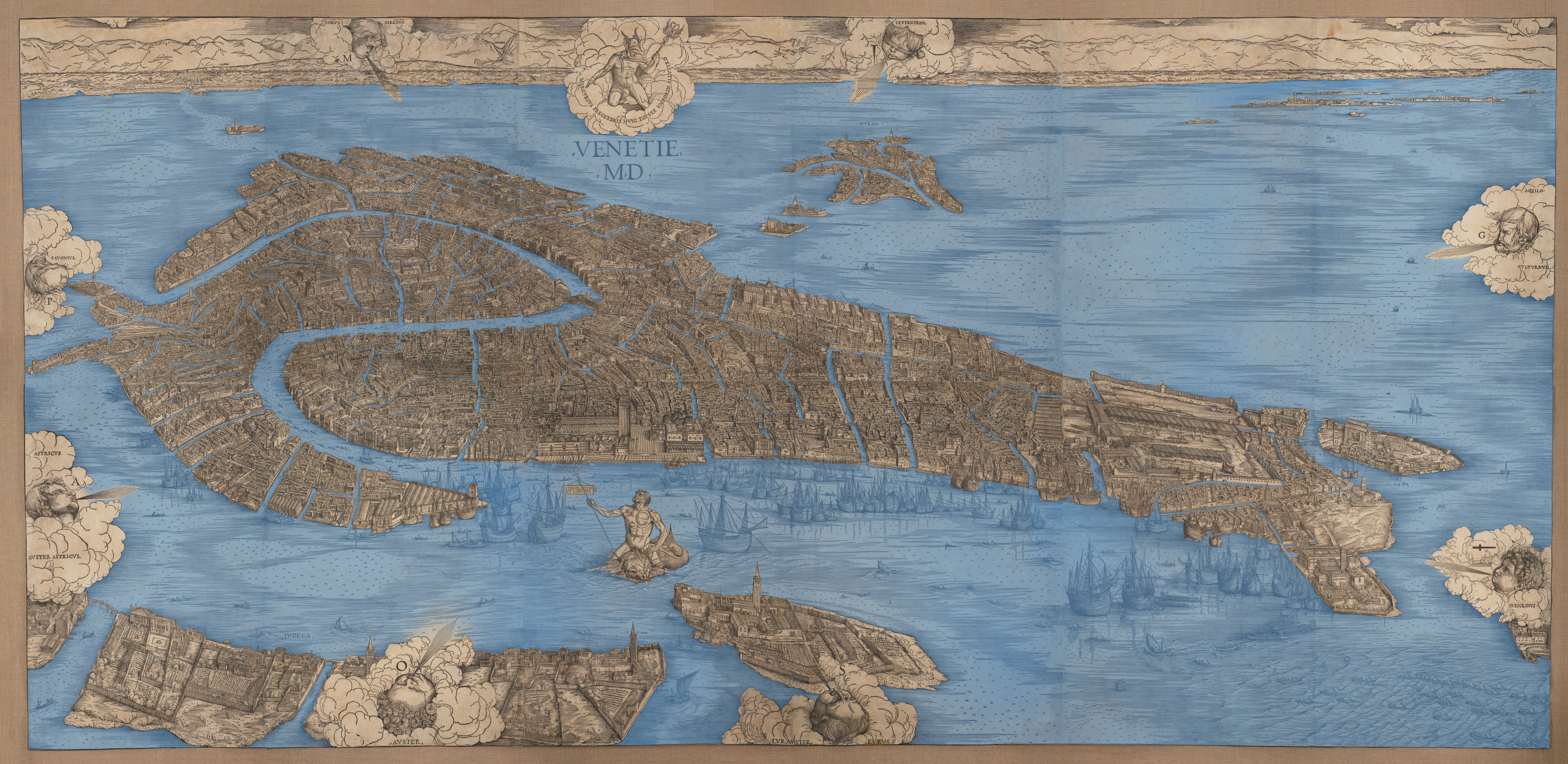Situating the term "Other:" a theoretical framework, by Saundra Weddle
By Saundra Weddle
Otherness is a sociological concept used to describe minority identities in relation to majority identities. Analogous to the contrast between the center and the periphery, the normal or normative and the abnormal, the relational term Otherness privileges those with the power to construct and categorize the identity of those with unequal power. One could argue that Otherness is more neutral than this characterization suggests, and that all defined identities exist in opposition to other defined identities, but “Technologies of Segregation” concerns itself with the power dynamics of identity construction that were ultimately expressed through architecture and urban development.[i]
Although this exhibit is the product of a seminar entitled “Visualizing the Other in Early Modern Venice,” it seeks to problematize the reductive term “Other.” Instead, the seminar has acknowledged that Early Modern Venice was a place of great geographic, social, cultural, and economic flux where individuals belonged simultaneously to many groups whose very composition was highly differentiated, and where individual identities shifted regularly.
Located at the intersection of Northern and Southern Europe, and between Western Europe and the East, Venice was a commercial capital and a natural way station for travelers. Ermanno Orlando estimates that at the end of the Middle Ages, more than a third of Venice’s resident population of 120,000 was comprised of foreigners, many of whom married Venetians and integrated their customs, language, and various networks into the life of the city.[ii] This does not account for the transient population of traders (including those working in itinerant trades, like musicians), merchants, pilgrims, and others who moved in and out of Venice daily. This situation contributed to Venice’s exceptional cultural complexity, which also included a variety of religious practices—Catholic, Eastern Orthodox, Jewish, Muslim, and Protestant. Questions of how and why this diversity existed in Venice lie at the heart of our investigation of segregation.
Philosopher Michel Foucault’s essay, “Des Espaces des Autres,” introduces the term “heterotopia” to describe “a set of relations that delineates sites which are irreducible to one another and absolutely not superimposable on one another,” a condition that is central to this exhibit. Of particular relevance are what Foucault defines as heterotopias of crisis, which are reserved for those whose culture is defined by or in response to a crisis (such as the plague or a military defeat), and heterotopias of [perceived] deviance (such as homosexuality, or physical or mental illness).[iii] Foucault problematizes the heterotopia in helpful ways. For example, he notes that it is both opening and enclosing, isolating and penetrable. Heterotopias are always relational in terms of time, space, and identity.
In this sense, Venice itself might be read as a heterotopia: “. . .a floating piece of space, a place without a place, that exists by itself, that is closed in on itself and at the same time is given over to the infinity of the sea...”[iv]
Also useful for our study of urban experience was Michel de Certeau's essay, "Practices of Space," from his 1980 book, The Practice of Everyday Life. By analyzing pedestrian and boat circulation, we considered the ways in which movement through the city functions as a spatial practice, a rhetoric of urban activities and relationships.
[i] See, for example, Kim Dovey, “Power,” in Framing Places: Mediating Power in Built Form, 2nd ed., (New York: Routledge, 2008), 11-18.
[ii] Ermanno Orlando, “Minoranze, migranti e matrimonio a Venezia nel Basso Medioevo,” in ed. Tiziana Plebani, Stranieri, Barbari, Migranti: il racconto della storia per comprendere il presente (Venice: Biblioteca Nazionale Marciana, 2016), 17.
[iii] Michel Foucault, “Of other spaces: utopias and heterotopias,” from Architecture/Mouvement/Continuité, 1984.
[iv] Foucault, “Of other spaces.”
